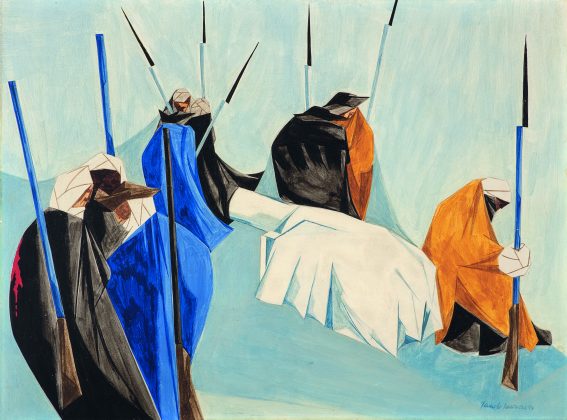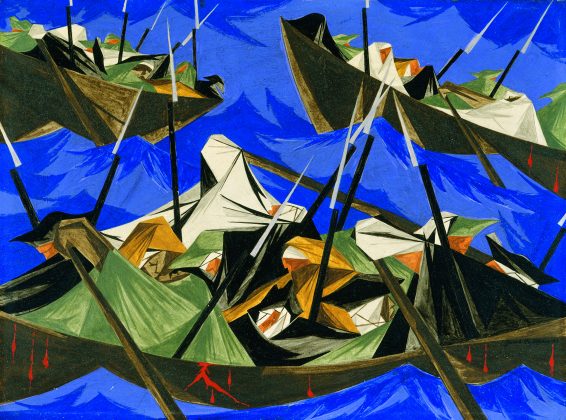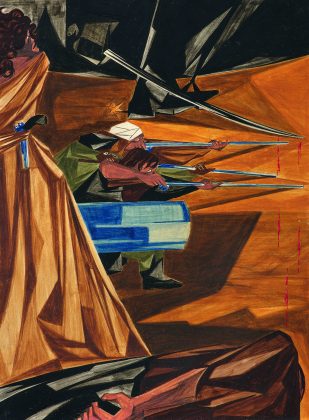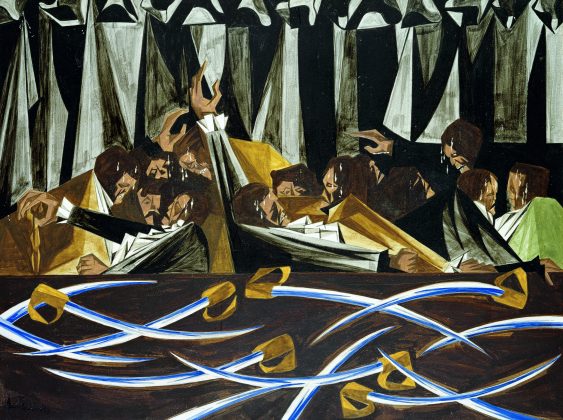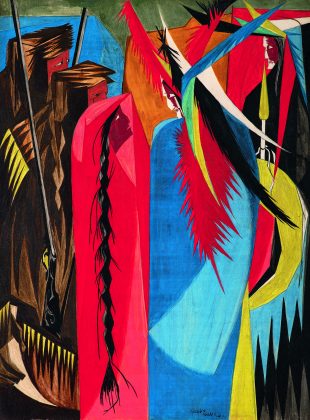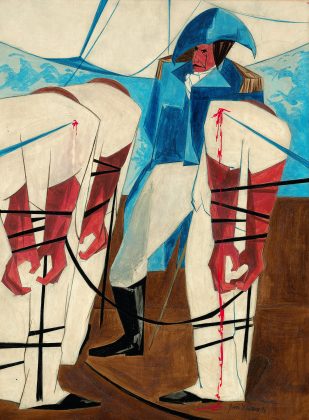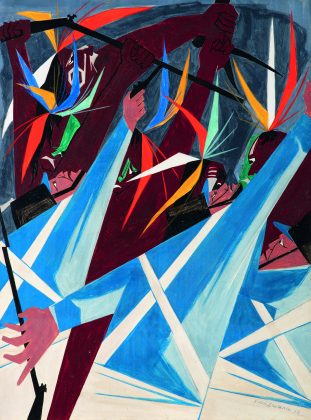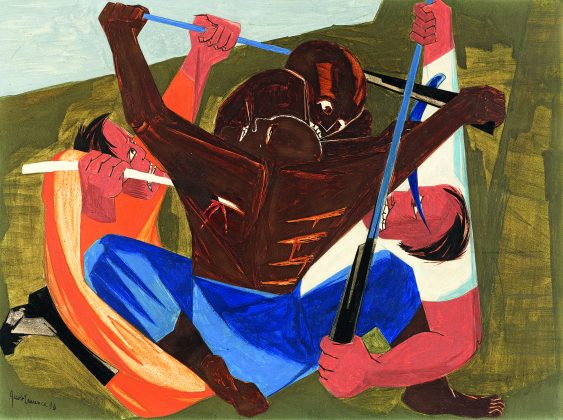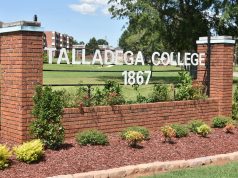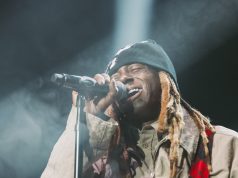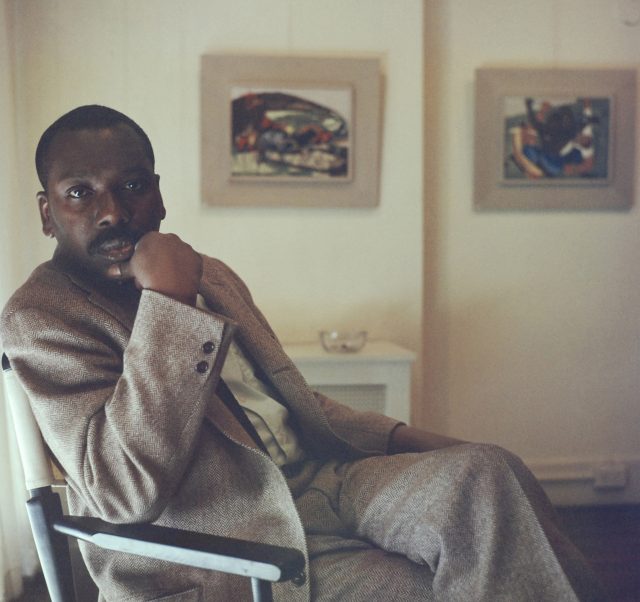
By Javacia Harris Bowser
For the Birmingham Times
On Nov. 20, 2020, the Birmingham Museum of Art (BMA) will shine a light on one of America’s most renowned modernist painters in a new exhibit—“Jacob Lawrence: The American Struggle.”
This captivating collection features Lawrence’s multipaneled series, which was painted between 1954 and 1956 and presents his reinterpretation and reimagining of key moments from American history in a way that highlights the often-overlooked contributions of people of color and women.
This is the first time in more than a quarter century that the BMA has featured Lawrence’s works. In 1994, the museum presented “Jacob Lawrence: The Migration Series,” the artist’s highly acclaimed collection chronicling the mass movement of African Americans from the rural South to industrial cities in the North.
“Twenty-six years after the BMA’s last exhibition of Lawrence’s art, it’s time to share his powerful work with the next generation,” said Graham C. Boettcher, R. Hugh Daniel Director of the BMA.
“Jacob Lawrence: The American Struggle” will be on display in the BMA’s Jemison Galleries from Nov. 20, 2020, through Feb. 7, 2021.
Though the “Struggle” series focuses on history, Katelyn D. Crawford, William Cary Hulsey Curator of American Art at the BMA, believes its thought-provoking pieces speak to the present and the future, too.
“I’m thinking about everything that’s happening around us, and I’m thinking history is always being written,” she said, noting the Black Lives Matter (BLM) movement, ongoing fights for women’s rights, and removal of the Confederate Soldiers and Sailors Monument from Linn Park in downtown Birmingham.
Lawrence, who died of lung cancer in 2000, called his series “Struggle … from the History of the American People” and once said it was meant to depict, “the struggles of a people to create a nation and their attempt to build a democracy.”
For many Americans, this is a struggle that continues today. The struggle is heard in the battle cry of the young activists leading the BLM movement and from women, immigrants, and many others who feel their rights—and even their lives—hang in the balance.
“Lawrence revises the myths of American history, [and] we have an opportunity to rewrite history right now,” Crawford said.
The History of Struggle
The pieces in Lawrence’s “Struggle” series show how women and people of color helped shaped the founding of America. He set out to create a series of 60 paintings spanning subjects from the American Revolutionary War to World War I. Ultimately, he completed 30 panels representing historical moments from 1775 through 1817—ranging from politician Patrick Henry’s famous speech with the line “Give me liberty or give me death!” to the migration of Americans to lands west of the Mississippi River.
Patricia Hills, PhD, professor emerita, American and African American Art, in the Department of History of Art and Architecture at Boston University, said the panel on Patrick Henry is one of historical significance.
“The title of the first panel, ‘Is life so dear or peace so sweet as to be purchased at the price of chains and slavery? —Patrick Henry, 1775’, is among the closing lines of a speech [Henry] gave in Richmond, [Virginia],” Hills said. “The panel shows men gathered in a circle with fists raised in response to Henry. The exhibition catalogue points out the irony of the rhetoric of the white revolutionary, when, indeed, slavery would be perpetuated beyond the winning of ‘independence’ from the British.”
Many of the “Struggle” panels include quotations from historical texts, which Lawrence drew from research he conducted at the 135th Street branch of the New York Public Library, now the Schomburg Center for Research in Black Culture. Over the years, five of the panels have been lost, one of which hadn’t been seen publicly since 1960 until it was recently discovered in New York City.
Treasure Found
In late August of this year, the Metropolitan Museum of Art (the Met) opened its exhibition of “Jacob Lawrence: The American Struggle.” (The series comes to Birmingham directly from its New York City presentation.) While viewing the exhibit, a visitor realized that her neighbors might own one of the missing panels. She encouraged the owners, who had bought the piece at a charity auction 60 years ago, to contact the museum. The Met authenticated the work and added the panel to the exhibition. The once-missing panel depicts Shays’ Rebellion, a Massachusetts uprising led by Revolutionary War veteran Daniel Shays against heavy taxation and political corruption.
Crawford draws parallels between Shays’ Rebellion and an event that was taking place when Lawrence was working on these paintings in 1954—the landmark Brown v. Board of Education of Topeka, Kansas, U.S. Supreme Court case, which ruled racial segregation of children in public schools was unconstitutional.
“The way [Lawrence] paints this scene, we see people are fighting for what they need just as Black people are fighting for what they need,” she said.
In another panel, Lawrence reinterprets the famous painting of then-General George Washington crossing the Delaware River during the American Revolutionary War: “But there’s no Washington,” Crawford said, explaining that viewers see abstract figures painted in rich, warm tones instead.
“I think a lot of early American history is told in terms of ‘Founding Fathers,’ but Lawrence dispels that immediately,” Crawford said.
The artist shows how Black people, women, and Native Americans were essential to the founding of the nation: “So many of these groups are being talked about in this moment, as groups [are fighting for] rights that are being threatened and rights that could be elevated,” Crawford said. “Highlighting and elevating the people represented in these scenes is how we could be looking at the world every day right now.”
Still, Crawford does not believe Lawrence painted the works in this series during a moment of despair.
“I think Lawrence, in the moment of painting this series, is an optimistic person,” she said. “He’s an optimistic person who’s still not afraid to very directly paint themes of conflict and battle and struggle. He is looking so unflinchingly at this history, and he’s able to address those moments and still feel like there’s hope both in that early American moment and in the 1950s. … I hope we can get that today, too.”
“Jacob Lawrence: The American Struggle” opens at the Birmingham Museum of Art on Friday, Nov. 20, 2020; the exhibit will be on display in the museum’s Jemison Galleries through Feb. 7, 2021. For more information, visit artsbma.org.


